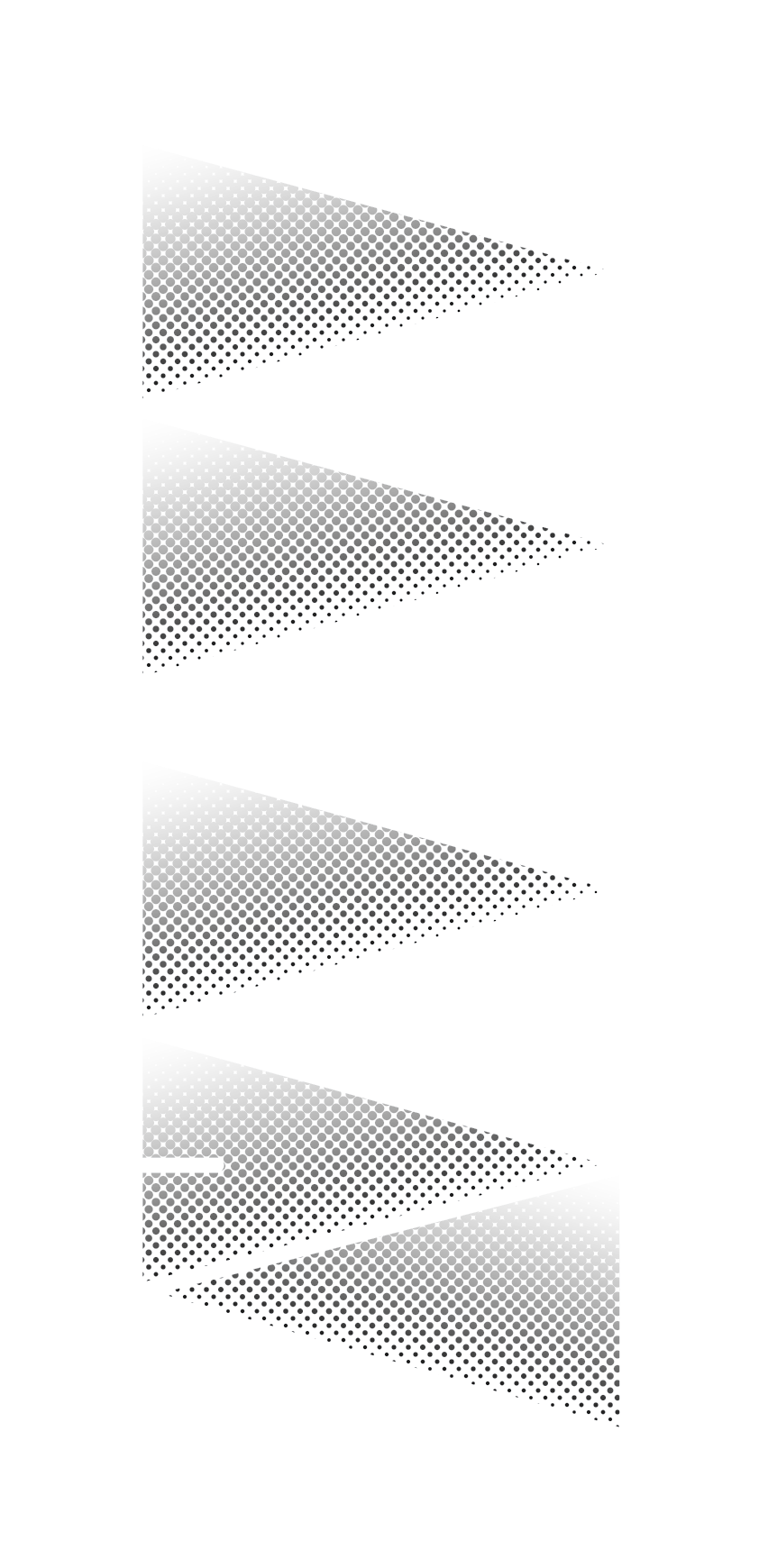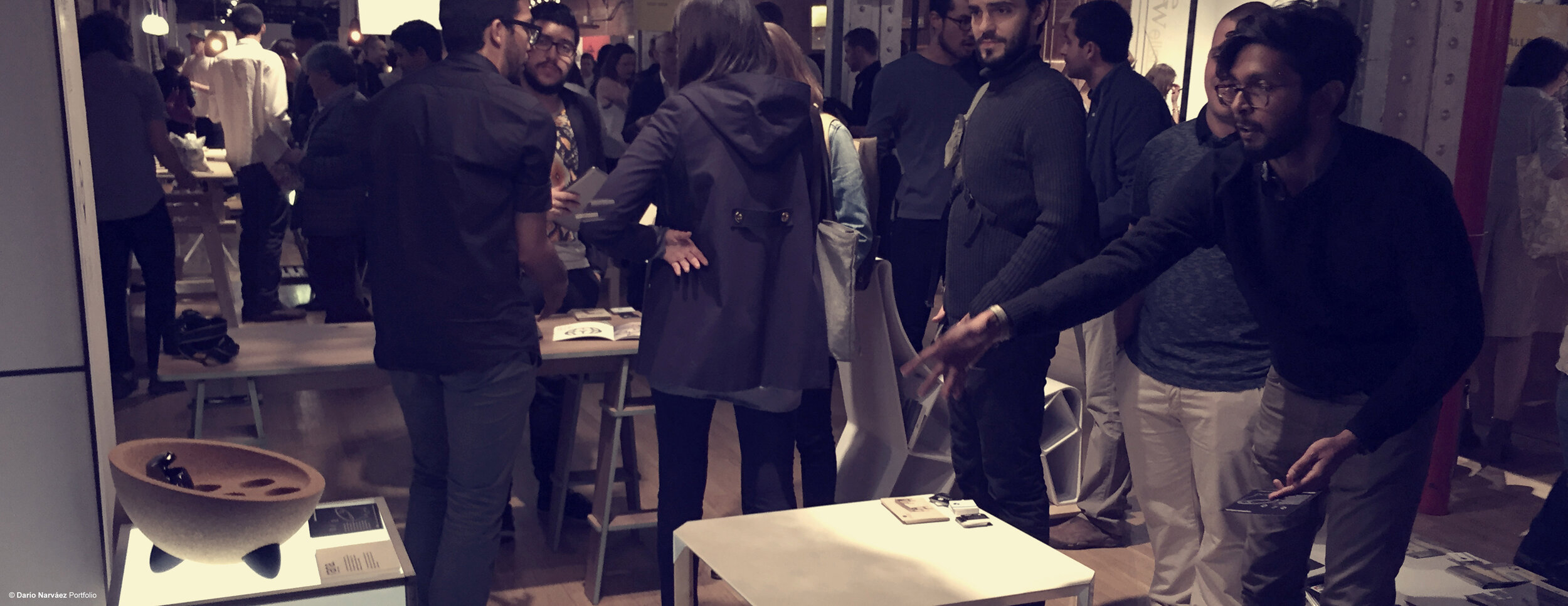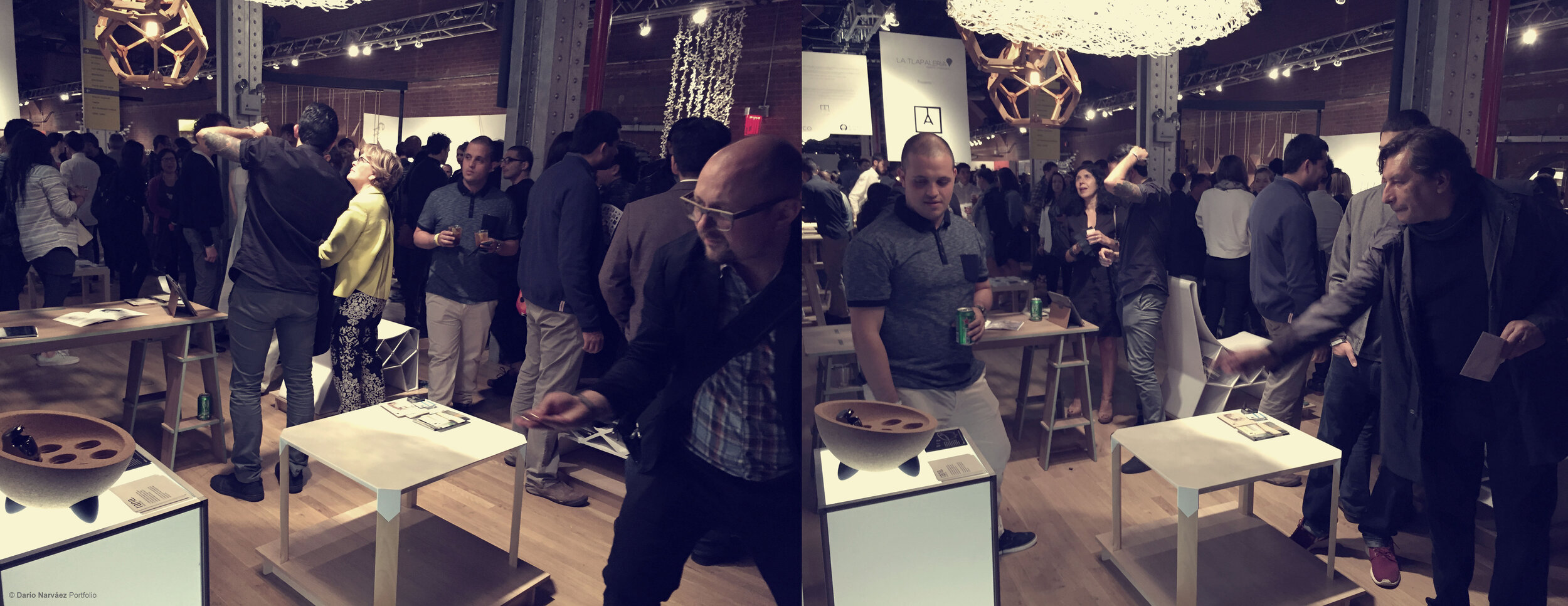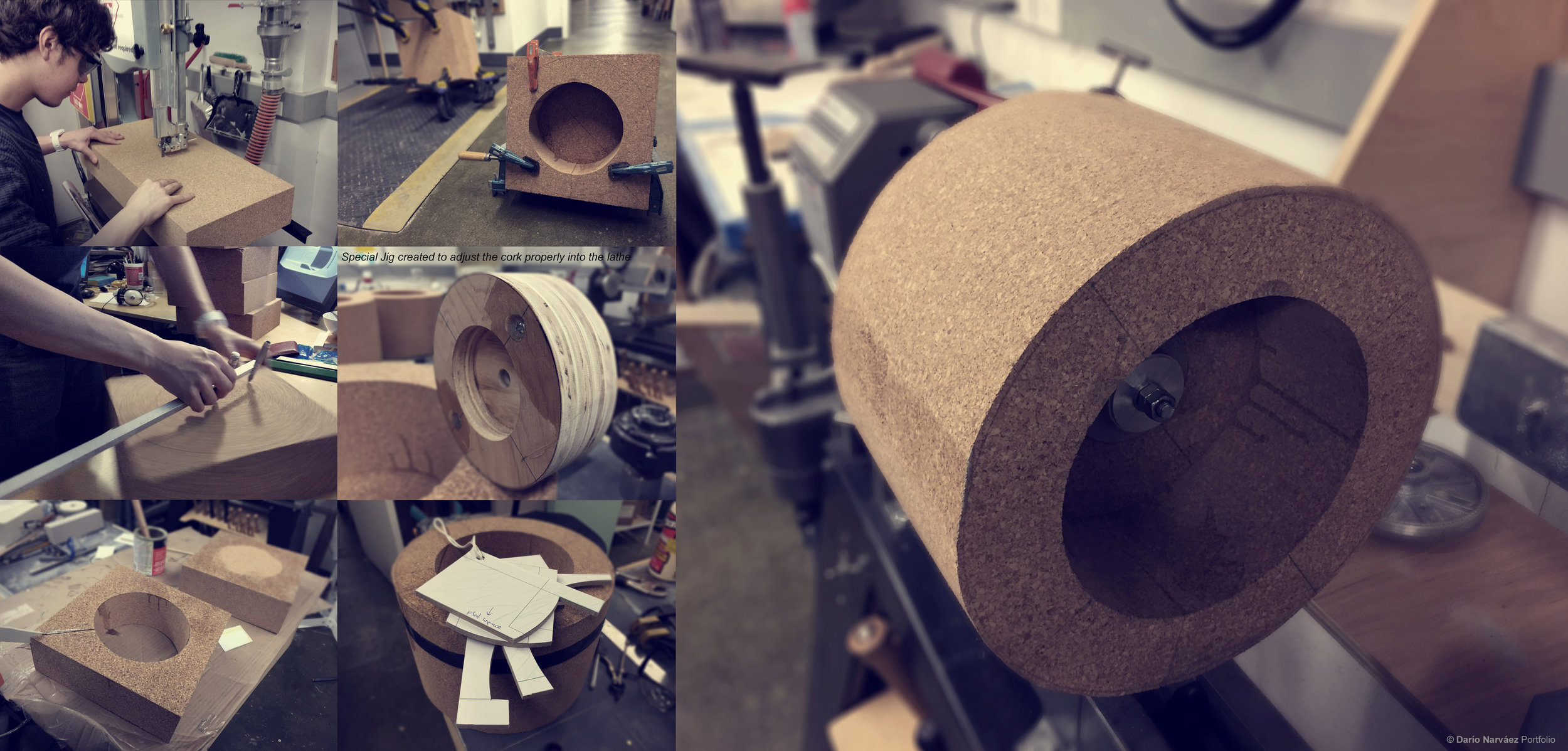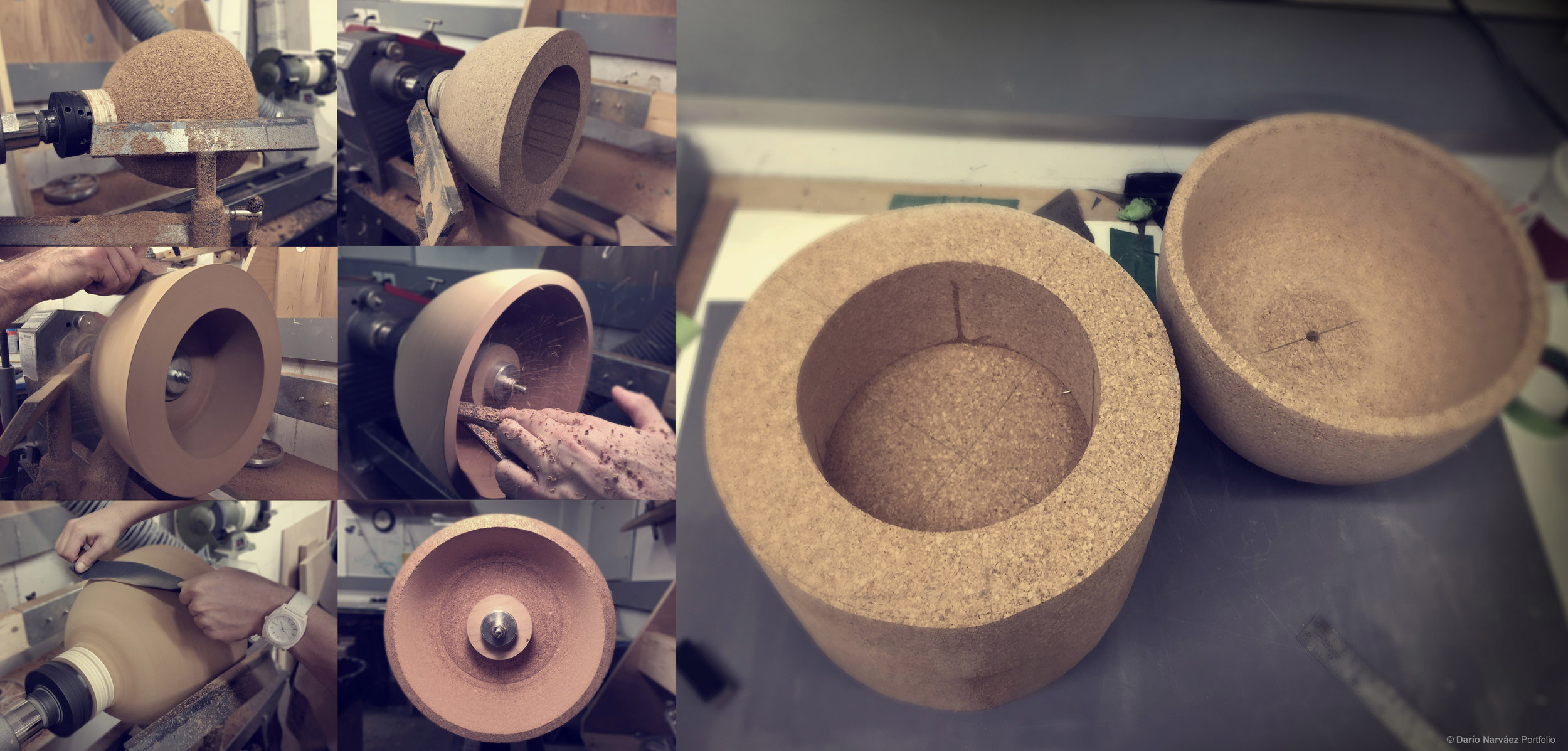Traditional Colombian Ring Toss Game
Personal Project / Project developed with Mauricio Issa
Latin America is a treasure trove of traditional games that embody a vast and culturally rich heritage, yet many of these games have received little to no design intervention. Some argue that it is challenging to industrialize or propose artisanal ideas for these games. However, this project sought to defy that notion by exploring a fresh design approach for the renowned Ring Toss game in Colombia.
Commonly played in rural areas as a way for entertainment, there are no rules other than toss the rings and get the maximum points possible. The current setup needed to play is huge and aesthetically doesn’t derive from any culture. As designers, we saw in this a big opportunity for improvement/redesign and a better user driven re-interpretation of this traditional game.
The design was based on the legend behind the traditional game which says…: "A legend tells that toads were worshiped for their magical powers. During holidays natives gathered to throw gold artifacts into the lakes, with the hope that a toad would jump and eat it and turned into gold. Legend says that when this happened, the thrower was conceived a wish"
La Rana (Sapo) is a precision and accuracy game played with metallic rings. The traditional game is practiced in different countries around the world, including France, Spain and some areas in Latin America. This project is based on the reinterpretation of this traditional game, generating symbols that reflect a sense of identity and memory.
The essence of the “Toad Game” is kept in most of the areas in countries such Perú, Spain and Colombia. The use of materials such as wood and metal is a common element, as well as the rules.
